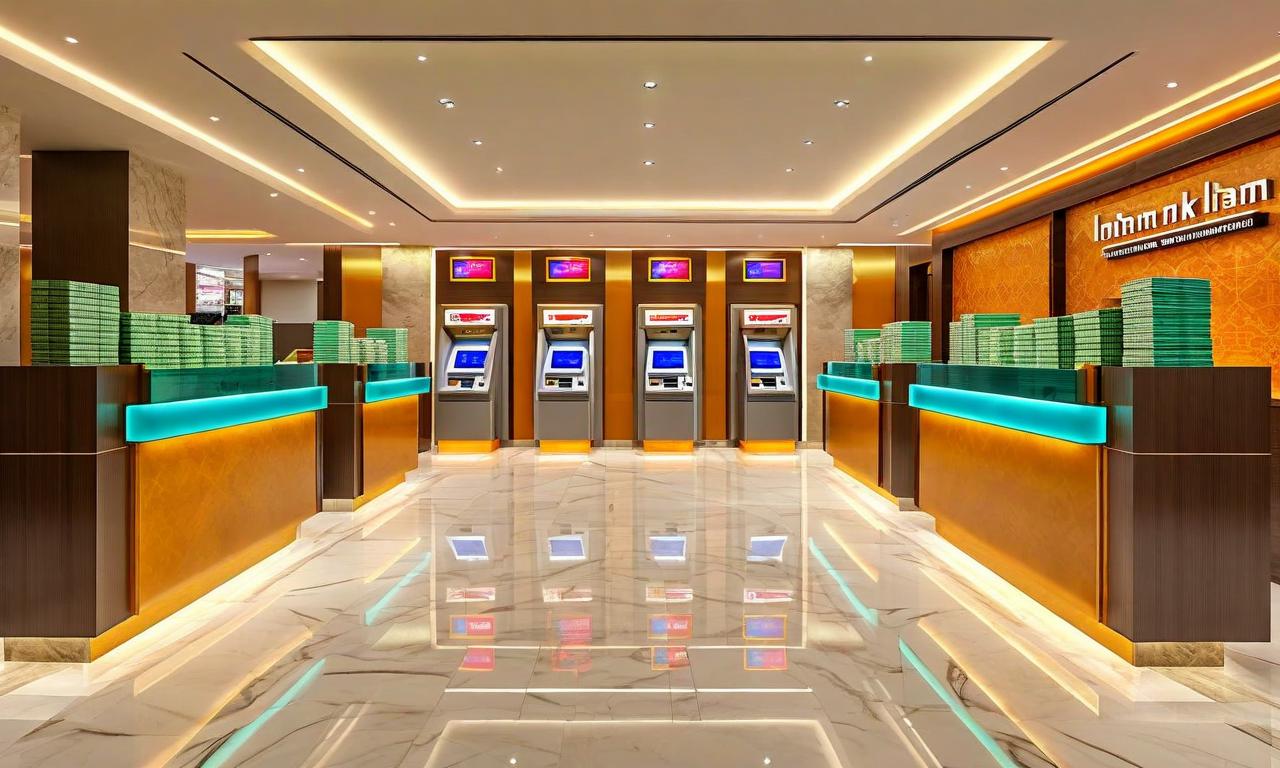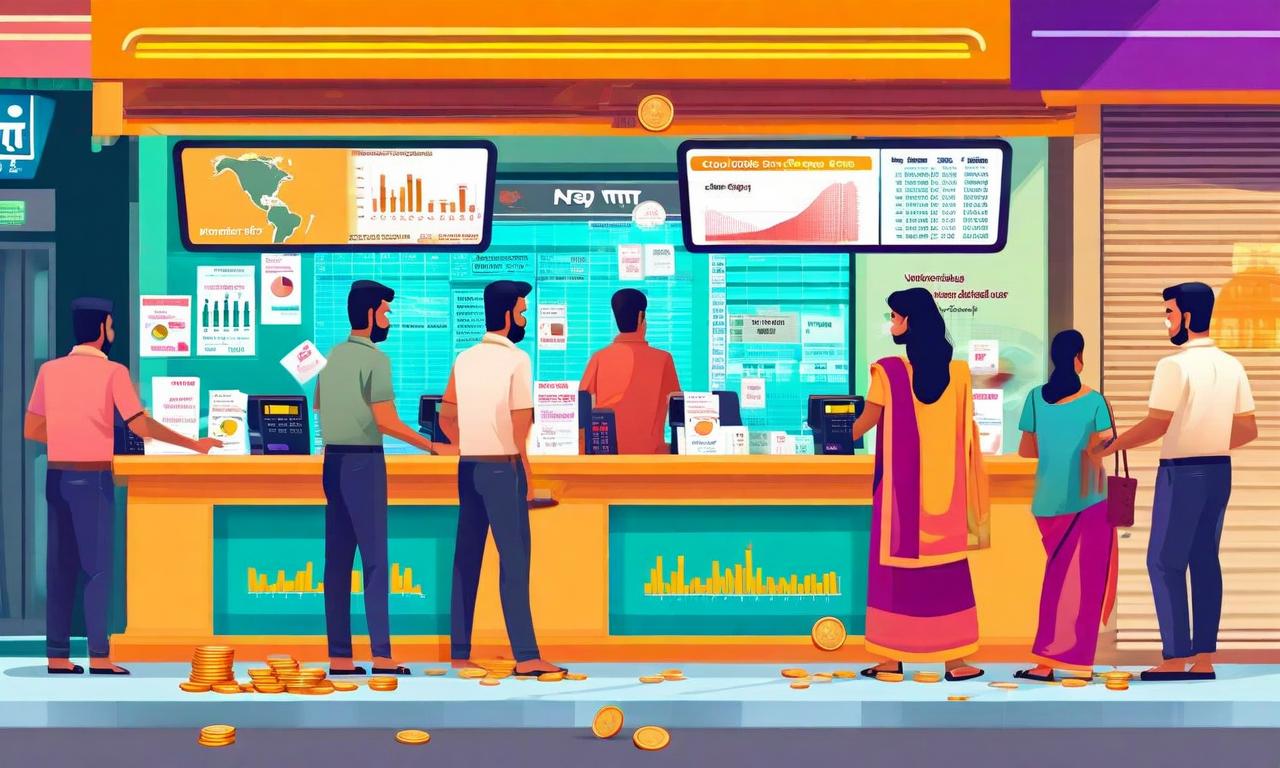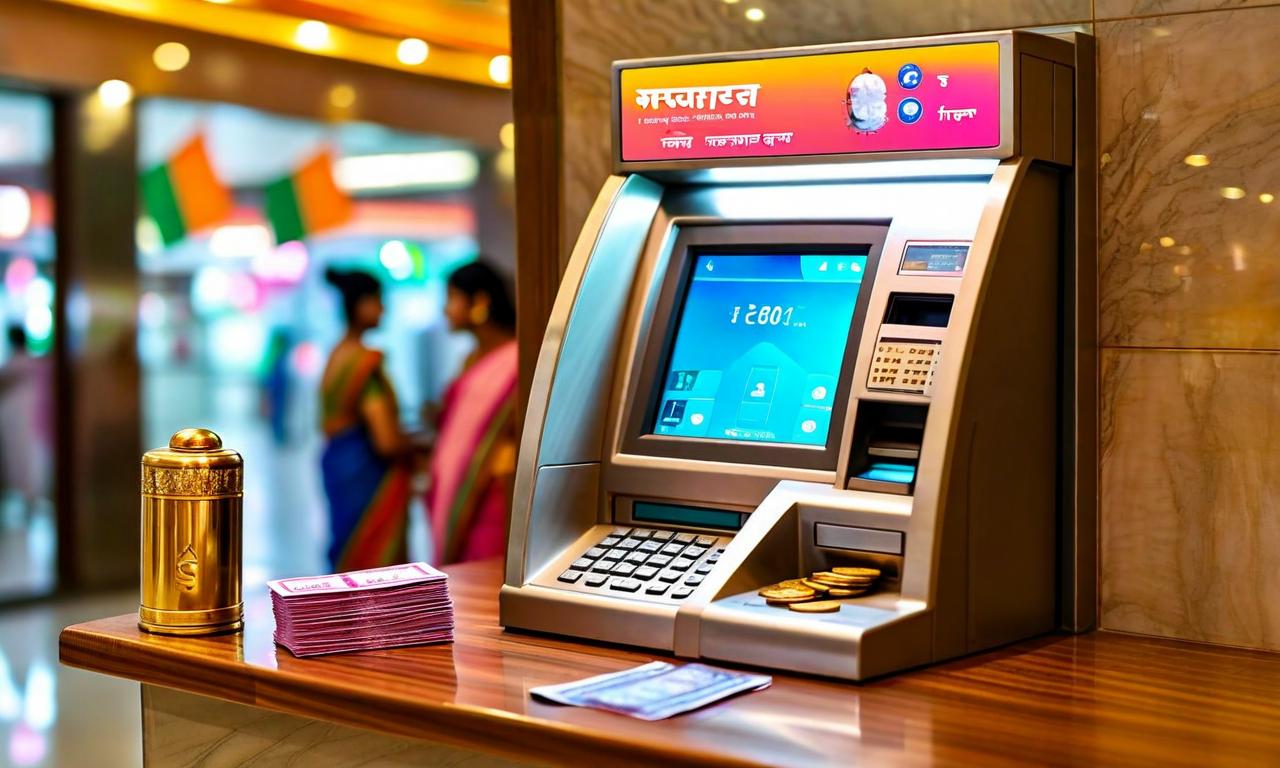Gujarat and Maharashtra Lead in Bank-Financed Projects; Banking Stocks Show Upside Potential
Gujarat secured 152 bank-financed projects, leading India, with Maharashtra following at 111 projects. The top five states, including Uttar Pradesh, Andhra Pradesh, and Rajasthan, account for 60% of total project costs. Factors influencing investment destinations include access to raw materials, skilled labor availability, infrastructure quality, and market size. Despite regional successes, overall private sector investment remains cautious due to lower project announcements and uncertain demand conditions. Future projections indicate an expected capital expenditure of Rs 2.70 lakh crore across all financing channels.

*this image is generated using AI for illustrative purposes only.
In a significant trend highlighting regional economic dynamics, Gujarat has emerged as the frontrunner in securing bank-financed projects in India, followed closely by Maharashtra, according to recent data from the Reserve Bank of India (RBI). This pattern underscores the economic prowess of these western Indian states.
Project Distribution and Financing
A total of 907 projects across India received bank assistance, amounting to Rs 3.70 lakh crore. Gujarat led the pack with 152 projects, while Maharashtra secured the second position with 111 projects. Uttar Pradesh rounded out the top three with 78 projects.
The concentration of these projects is noteworthy, with just five states - Gujarat, Maharashtra, Uttar Pradesh, Andhra Pradesh, and Rajasthan - accounting for 60% of the total project costs. This distribution highlights the significant regional disparities in attracting bank-financed investments.
Factors Influencing Investment Destinations
The RBI study sheds light on the factors that influence the choice of investment destinations. Key regional aspects include:
- Access to raw materials
- Availability of skilled labor
- Quality of infrastructure
- Market size
These elements play crucial roles in determining where projects are established, explaining the concentration in certain states.
Private Sector Investment Outlook
Despite the robust figures in some states, the overall picture for private sector investment remains cautious. The RBI report indicates a tepid optimism, citing:
- Lower project announcements
- Uncertain demand conditions
These factors suggest that while certain regions are thriving, there's a broader hesitancy in private sector investments across the country.
Future Projections
Looking ahead, the project pipeline through all financing channels shows an expected capital expenditure (capex) of Rs 2.70 lakh crore. This projection is supported by several positive factors:
- Improved balance sheets of companies
- Rising capacity utilization
- Ongoing infrastructure development
Banking Sector Outlook
In a related development, nine banking stocks from both private and public sectors have been identified as having upside potential of up to 32% over a one-year period. This analysis highlights banking as one of two critical sectors for India's economy, alongside auto. The Nifty Auto Index has climbed 11% in less than a month.
The banking sector is characterized as the credit-giving sector that drives the auto sector, underlining its importance in the broader economic landscape.
Conclusion
The dominance of Gujarat and Maharashtra in attracting bank-financed projects underscores the importance of regional factors in shaping India's economic landscape. While these states continue to lead, the broader picture suggests a need for more balanced regional development and efforts to boost private sector confidence across the country.
Simultaneously, the positive outlook for banking stocks indicates potential growth in this crucial sector. As India moves forward, addressing regional disparities, enhancing the overall investment climate, and leveraging the strength of key sectors like banking will be crucial for sustained economic growth.






































